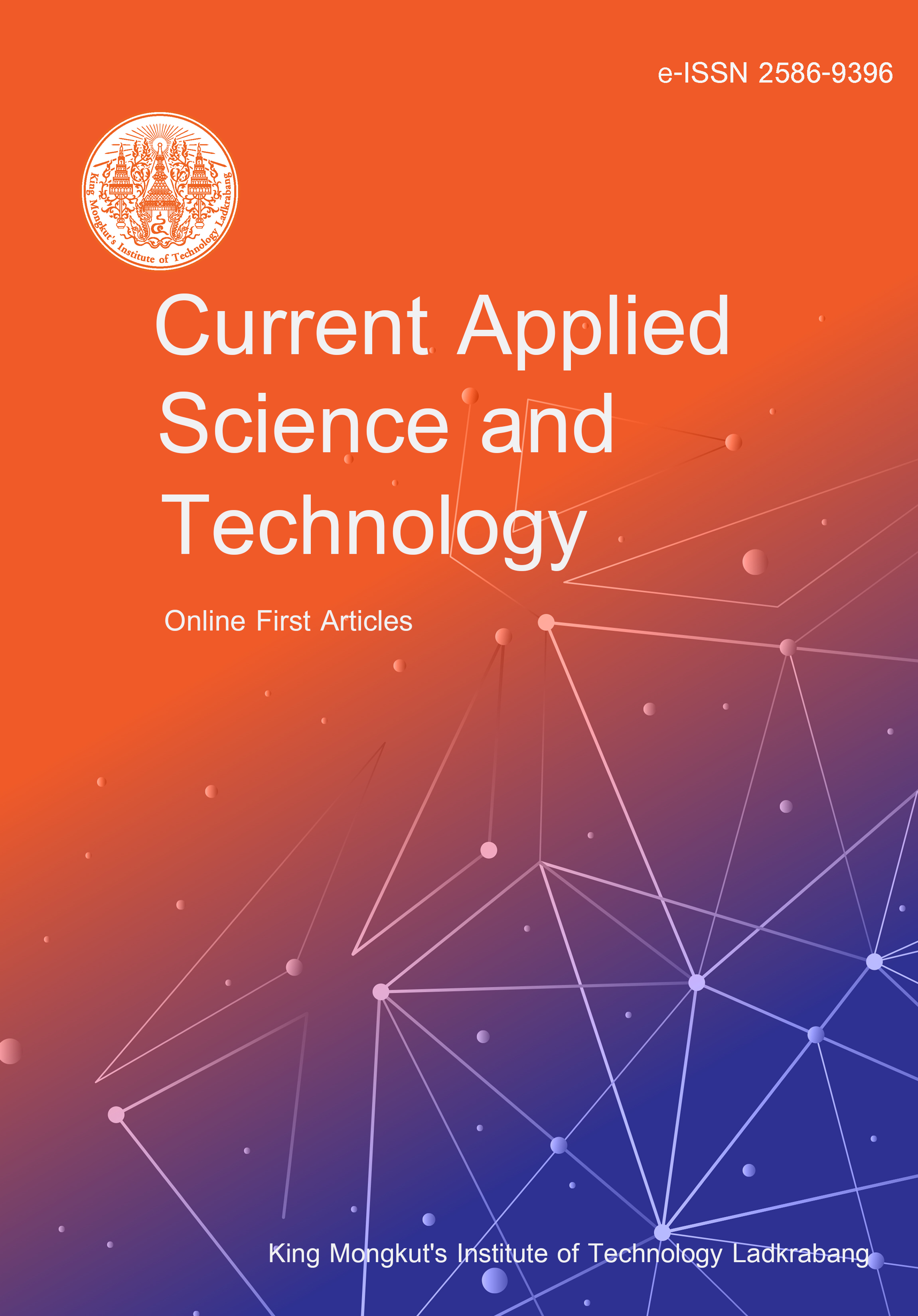The immature platelet fraction (IPF) has emerged as a critical marker in providing valuable insights into platelet production and turnover dynamics. HMG-CoA, an essential enzyme in cholesterol biosynthesis, plays a significant role in regulating platelet maturation and function. Changes in cholesterol metabolism can potentially lead to abnormalities in platelet activation, aggregation, and thrombotic processes. This underscores the broader implications of metabolic disorders, such as hypercholesterolemia, in cardiovascular diseases where platelet dysfunction is a critical factor. Understanding the mechanistic links between HMG-CoA and platelet biology offers insights into therapeutic strategies aimed at mitigating cardiovascular risks associated with dyslipidemia and related conditions. Moreover, recent advances in nanotechnology have shown promising strides in the prevention, diagnosis, and treatment of hyperlipidemia and cardiovascular diseases. Integration of nanotechnological approaches with the understanding of HMG-CoA and IPF dynamics could potentially revolutionize personalized medicine strategies, offering novel avenues for improving patient outcomes and managing cardiovascular health effectively.
Amarnath, D. P. ., Prabakaran, K. ., & Kuppusamy, D. B. . (2025). Immature Platelet Fraction to Unveil the Contribution of HMG-CoA: Mechanistic Insights into Clinical Benefits. CURRENT APPLIED SCIENCE AND TECHNOLOGY, e0262219. https://doi.org/10.55003/cast.2025.262219

